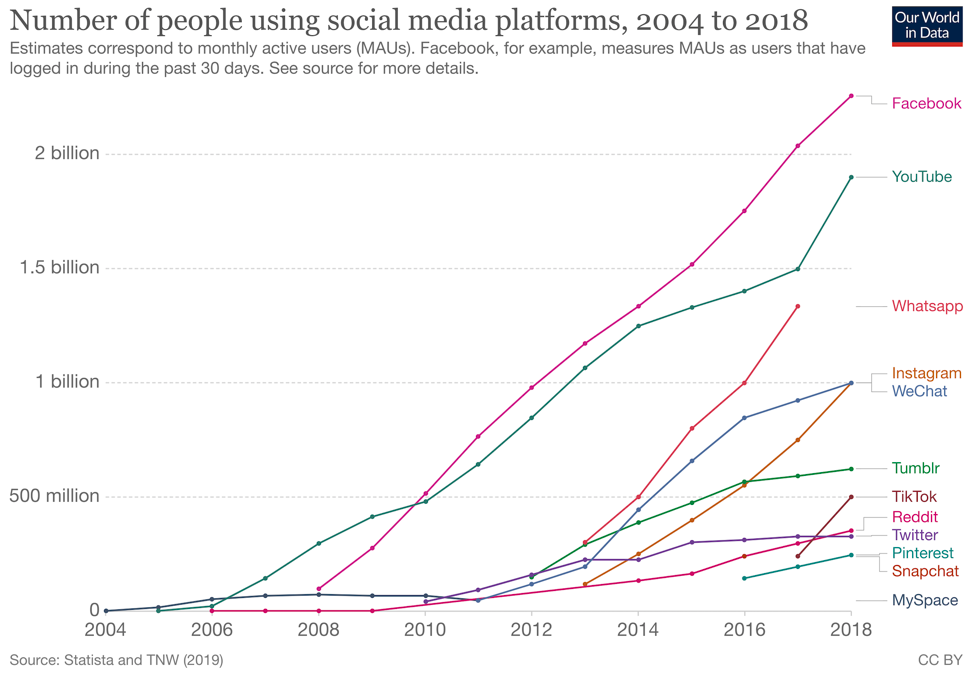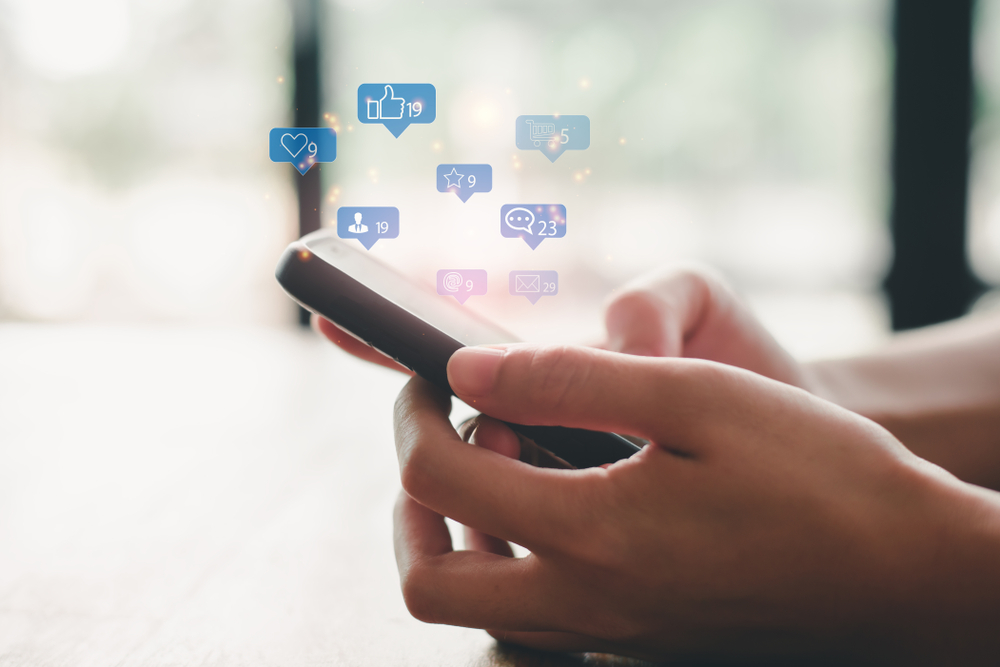This piece was first posted on Substack. To comment, please go there.
Lately, I have been thinking a fair bit about decision-making. Covid-19 has confronted us with a range of significant choices: about whether, and to what degree, to embrace lockdowns, about closing and reopening elementary schools, about who should get the vaccine first, and so on. As we have engaged with these choices, there have been people on both sides making good-faith cases for their point of view. There are some who passionately think we should reopen elementary schools, and there are some who passionately wish to keep them remote-only. There are some who feel lockdowns should remain in place until vaccines are widely distributed, there are others who feel a phased reopening is both feasible and necessary for countering the economic consequences of the pandemic. There are some who think vaccine priority should be guided exclusively by who is likeliest to die from the virus and there are some who favor an equity-based approach which accounts for the historic disadvantage that creates health gaps.
These choices have in common their deep ramifications for health, and the quality of being difficult to get completely right. Indeed, I have yet to see anyone suggest a resolution to any of the issues I have just mentioned that both elides costly health and economic tradeoffs and manages to satisfy everyone. (If you, the reader, can name an instance where this needle has been successfully threaded, please do let me know in the comments section below. I am interested to hear about it.)
I have been thinking about decision-making, chiefly, for two reasons. The first is my day job, as Dean of a school of public health, a role which has involved engaging with the same complex choices faced by everyone leading an institution during this pandemic year. The second is my role chairing the 3-D Commission. The 3-D Commission is a collaboration between the Rockefeller Foundation and the Boston University School of Public Health. Its remit is to provide decision-makers with a framework of data about the social determinants of health, so they may make choices guided by a richer picture of what matters most to health. Helping to provide this context has been an engaging reminder of the challenge—and importance—of taking complexity into account when making decisions that affect population health.
Accounting for this complexity is, to my thinking, at the heart of informed decision-making. A core takeaway from my work with the 3-D Commission and my experience as a Dean is the nonlinearity of decisions about health. There is no simple equation for making these choices. This is true in more normal times, and it is particularly true during a crisis like Covid-19. Consider, for example, the conversation about lifting lockdowns. The many variables involved include emerging data on virus transmission, the evolving circumstances of a global crisis, the economic costs of the lockdowns, the politics of it all, and a significant amount of strong emotion on both sides of the debate. This emotion is informed, rightly, by the very real human costs of the decision, costs which we will have to face no matter what we choose. It is a difficult observation that, however much we understand that indefinite lockdowns could harm more people in the long run than a careful reopening, it is true that, in the short-term, some people may get sick when lockdowns ease (though it is also important to note we have data on how this easing may be done relatively safely, to minimize the spread of the virus, as in the case of schools). What is more, these short-term costs will be immediately apparent, while the lives saved in the long run will not be. Even if we are intellectually aware of this tradeoff, we still must contend with the emotion involved in the short-term effects of picking the least-worst option.
This emotion helps ensure that our choices, rational as we may imagine them to be, are deeply subject not just to what we think, but to what we feel. This is perhaps why decision theory—an interdisciplinary approach to maximizing choice—makes ample room for the role of the intuitive and irrational in its conceptual framework of what motivates choice. This is also seen in the emerging science of decision-making. On a recent episode of the Hidden Brainpodcast, psychologist Paul Slovic, who specializes in the study of judgement and decision processes, put it like this:
“We originally thought that people were analyzing risk doing some form of calculating in their minds about, you know, what the probability of something bad happening would be, and, you know, how…serious that would be, and perhaps even multiplying the severity of the outcome by the probability to get some sort of expectation of harm. And as we started to…study this, we found out that basically we can do those calculations, but it’s certainly easier to rely on our feelings.”
In the podcast, host Shankar Vedantam raised the classic example of the film Jaws. The film has succeeded in making people scared of shark attacks, despite the data showing that shark attacks are very rare, and the annual global average of unprovoked shark-related fatalities is four. The effect of Jaws’ release was so powerful that it continues to scare people away from water to this day. This is because Jaws does what every effective film does—it makes us empathize with the characters on screen, magnifying their fictional experience in our minds, fusing it with our emotions. It appeals to feelings. Jaws does this so well that it overwhelms our rational understanding of the miniscule probability of shark attacks, and makes us feel a fear we cannot easily shake. Growing up in a small Mediterranean island in the 1970s, I well remember the release of Jaws and the effect it had on my own swimming—terrifying me for months thereafter from going in the water even though I knew there were no sharks to be found anywhere near Malta.
I should note here that none of this should be taken as minimizing any kind of harm, even when the scope of that harm is quantitively limited. The qualitative effects of shark attacks are very real for those who experience them, just as anyone who sickens or dies as a consequence of a decision to ease lockdowns has indeed suffered a tragedy. The question is: to what extent should our empathetic awareness of this tragedy shape our decisions about population health? How much should emotions count in the calculations we must make as people living in the real world who must make the best possible choices under difficult circumstances?
The answer to this may, in fact, be that it is not fully up to us to decide. Simply put, emotion already plays an outsized role in decision-making. This is reflected in the data. In their study, “Emotion and Decision Making,” Jennifer Lerner, Ye Li, Piercarlo Valdesolo, and Karim Kassam analyzed 35 years of work on emotion and decision-making. They concluded, “Emotions constitute potent, pervasive, predictable, sometimes harmful and sometimes beneficial drivers of decision making.” They also noted how incidental emotions—one’s mood on a given day—can serve as a form of bias, and that these emotions can be influenced by a range of in-the-moment factors, from the weather, to the extent to which the news stories one reads are positive or negative. In one study they analyzed, “Affect, Generalization, and the Perception of Risk” (by Eric Johnson and Amos Tversky), participants read news stories designed to shape either a positive or negative mood, then estimated fatality frequencies for a number of potential causes of death, such as heart disease. The study found participants who read negative stories tended to offer more pessimistic fatality estimates compared with participants who read positive stories.
These are interesting, and, in some ways, rather unnerving data. We like to think our choices are governed by reason alone. Yet the closer we look at how these choices are shaped, the clearer we can see how emotion, impulse, and random external stimuli fundamentally influence our decisions. This explains much. Presidential elections, for example, often hinge on events which occur in October, with a so-called “October Surprise” enough to sway the balance of an election. I have always found it strange to think that events occurring so close to an election could decisively influence general opinion of candidates we have already had a long time to evaluate. However, when we consider how susceptible our choices are to emotion, events, and our exposure to the media, it is less surprising that elections might unfold this way.
This perspective also helps us to understand much of what happened during Covid-19. Our choices were informed by data, yes, but only partly. They were also shaped by the emotions of the moment, by our fears, our politics, and the narratives to which we subscribed. And, in 2020, for the first time in history that we were living through the series of momentous choices that we faced during Covid-19, there was another key element to consider: the role of social media in shaping our choices during the pandemic. There is no getting around the fact that the choices we have made over the last year have unfolded in a technological context that amplifies the very stimuli—the distractions, biases, and emotions—to which our decision-making faculties are most susceptible. Social media platforms are a new and potent influence on how we think and what we do, and their reach is only growing. In 2010, there were 517.75 million people on Facebook, 480.55 million on YouTube, and 43.25 million on Twitter. In 2018, these numbers had risen to 2.26 billion on Facebook, 1.90 billion on YouTube, and 329.50 million on Twitter.

In public health, we often talk about ubiquitous exposures—how the conditions to which populations are daily exposed shape health. Such exposures constitute the “water” of this newsletter’s founding metaphor. In 2020, social media was inarguably a fundamental, ubiquitous exposure, shaping our lives in ways we are only beginning to understand. It is important to note that there are some tremendous positives to the increased role of social media. The new media landscape has broadened the accessibility of ideas and perspectives, helping to democratize the public debate. While this has at times made it easier for misinformation to spread, this democratization remains, I would argue, a positive influence, by letting ever-greater numbers of people engage with the important conversations of our time.
However, social media has also incentivized some of the most counterproductive forms of human engagement, along with habits of mind which have not served us well. It has amplified some of the very conditions which can sway our decision-making off the road of reason and into a ditch. If, for example, decision-making is shaped by emotion sometimes the expense of logic and data, social media generates this emotion in spades. Platforms like Twitter reward content which creates engagement through provocation, argument, and a constant raising of emotional stakes. If choices are swayed by bias, the algorithms behind platforms like YouTube quickly key into what we enjoy, providing an endless stream of content tailored to our political and intellectual tastes. This keeps us clicking, but does little to help us see outside our ideological bubbles. If a news article can affect our daily outlook, social media makes sure we are never without the latest from CNN, Fox, Breitbart, Vox, The New York Times, The Washington Post, etc. It then gives us a platform on which to instantly express our views about this content. All this informs—indeed, incentivizes—a kind of thinking that is not good for making effective, rational decisions. On top of all this, we have just lived through four years of a president who governed by tweet, whose presence in our lives inflamed all the worst tendencies of the social media era. Understanding the Trump phenomenon is inextricable from understanding the dynamics of social media, how these emerging platforms influence what we think and say, and how we choose.
When we make choices under the influence of emotion, bias, and social media’s power to amplify both, we are, in a sense, not doing so in our right minds. We are doing so in a fog, one which is easy to overlook precisely because it is so ubiquitous. And our current cultural and technological context has ensured that this is the state in which we indeed make most of our decisions. There are no easy solutions to this problem. But the first step, it seems to me, is acknowledging the many factors that cloud our judgement when making decisions. Because there is no escaping the influence of these factors, there should be no denying them either. We need to understand that the forces which threaten the integrity of our choices are forever tugging at our sleeve (or perhaps better to say they are shouting in our ears) and we should recognize this influence in order to minimize it, to the extent we can. For decision-making to be effective, it has to rise above the emotions of the moment, and try to tune out the social media din.
This takes having the discipline to rigorously guard against our own biases, our own intellectual complacencies, and our all-too human tendency to be swayed by strong emotion. I point out that doing so is enormously difficult. Given how intertwined social media has become with traditional media, the chatter of online platforms quickly becomes the dominant media narrative. And it is extraordinarily hard for anyone making decisions not to be influenced by this cacophony. What this means, of course, is that emotion assumes a place at the table that is commensurate with that of reason and evidence. Fear becomes as influential to decision-making as data, simply because fear and emotion are more present in decision-makers’ minds, amplified by social media. Unfortunately, I have no solution to this. We could argue for regulation of social media algorithms, as many have, yet this has the potential to lead into the waters of censorship, which presents its own problems for the integrity of the public conversation. My foundational point here is that emotion is so central to the moment, given the perfect storm of social media coming of age and Covid, that all decisions ultimately have been influenced by emotion, overly so, and that this is worth reflecting on.
Coming back, close to home, it seems to me particularly important for scientists to resist the influence of emotion and social media’s tendency to strengthen it. Because science is supported by an empiric framework with a rich history of guiding human inquiry, there is an assumption that scientific conclusions are less subject to the influences that shape a tweet or newspaper editorial. When these influences do start to shape scientific discourse, and this influence becomes clear to the wider public, it can be corrosive to both scientific output and to the trust this output has historically engendered. As I recently wrote about with colleagues in the American Journal of Preventive Medicine, this can wear away at the foundation of data necessary for making informed, rational decisions about health. For this reason, when scientists engage on social media, we should take care that we amplify the best of scientific rationality, rather than ideology and emotion. In a time when technology has given everyone a voice, it is up to us to use ours to help advance the data-informed clarity that allows us to make the best possible decisions about health.


